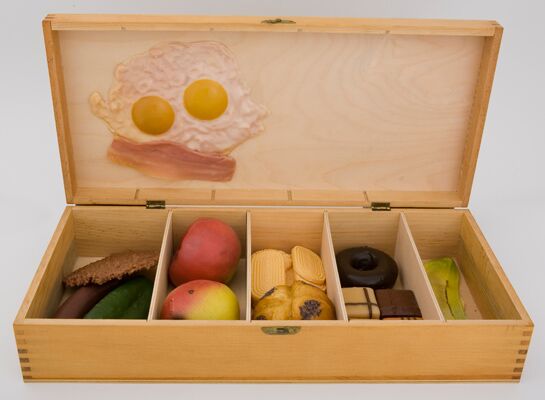I have known for a long time that conservation science was what I wanted to devote my life to. And so the chance to come to the Harvard Art Museums’ Straus Center for Conservation and Technical Studies and learn from experienced conservation scientists has been truly life changing.
Back home in Australia, after I’d received a bachelor’s degree in applied chemistry, I enrolled in a master’s program in cultural material conservation at the University of Melbourne. This is the only postgraduate conservation training program in Australia, and the specializations are limited to paintings, paper, and objects. My established relationship with the school of chemistry at the university made it easier for me to design a thesis that united conservation and science: an investigation into the chemical ageing of oil paint in tropical climates. However, after graduation, I was at a loss. There are only a few fellowship and internship opportunities in Australia, even within the broader conservation sector, to supplement theoretical learning.
Australia has a population of 23 million, which is just under 8 percent of that of the United States. As a result, there are far fewer collecting institutes, and not all of them can support a full-time conservation department, let alone a scientist and a range of analytical instruments. Conservation science in my country, while gaining speed, hasn’t yet gone through the vital evolution that the United States has experienced.
Establishing anything like the analytical laboratory here at Harvard that is fully integrated with the conservation labs may be a long way into the future, but there is enormous potential for development within conservation science in Australia, and I plan to be part of that effort.
My fellowship here at Harvard is teaching me not only about the physicality of objects, but more importantly, about how to best cultivate a viable environment for research and collaboration. In the short time that I have been here I have worked with curators, conservators, and other conservation scientists on several small-scale projects, including the examination of paint samples from a Donald Judd sculpture and a Cabot-Perry oil painting, pigment identification in Islamic manuscripts, and determining the chemical composition of efflorescence on Claes Oldenburg's 1962 sculpture Tray Meal [currently on view in the special exhibition Corita Kent and the Language of Pop]. I have also been working on a much larger-scale project—the analysis of a collection of Persian lacquer pen boxes—in the hopes of understanding more about the materials and techniques used to make them.
Learning how to collaborate effectively, and how to form, and then implement, an analysis plan are lessons that I will take back to my home country, with the goal of shaping an important—and growing—field there.
Claire Grech is the Australian Conservation Science Fellow in the Straus Center for Conservation and Technical Studies at the Harvard Art Museums. In 2016, she plans to enter a Ph.D. program in conservation science at the University of Melbourne.

